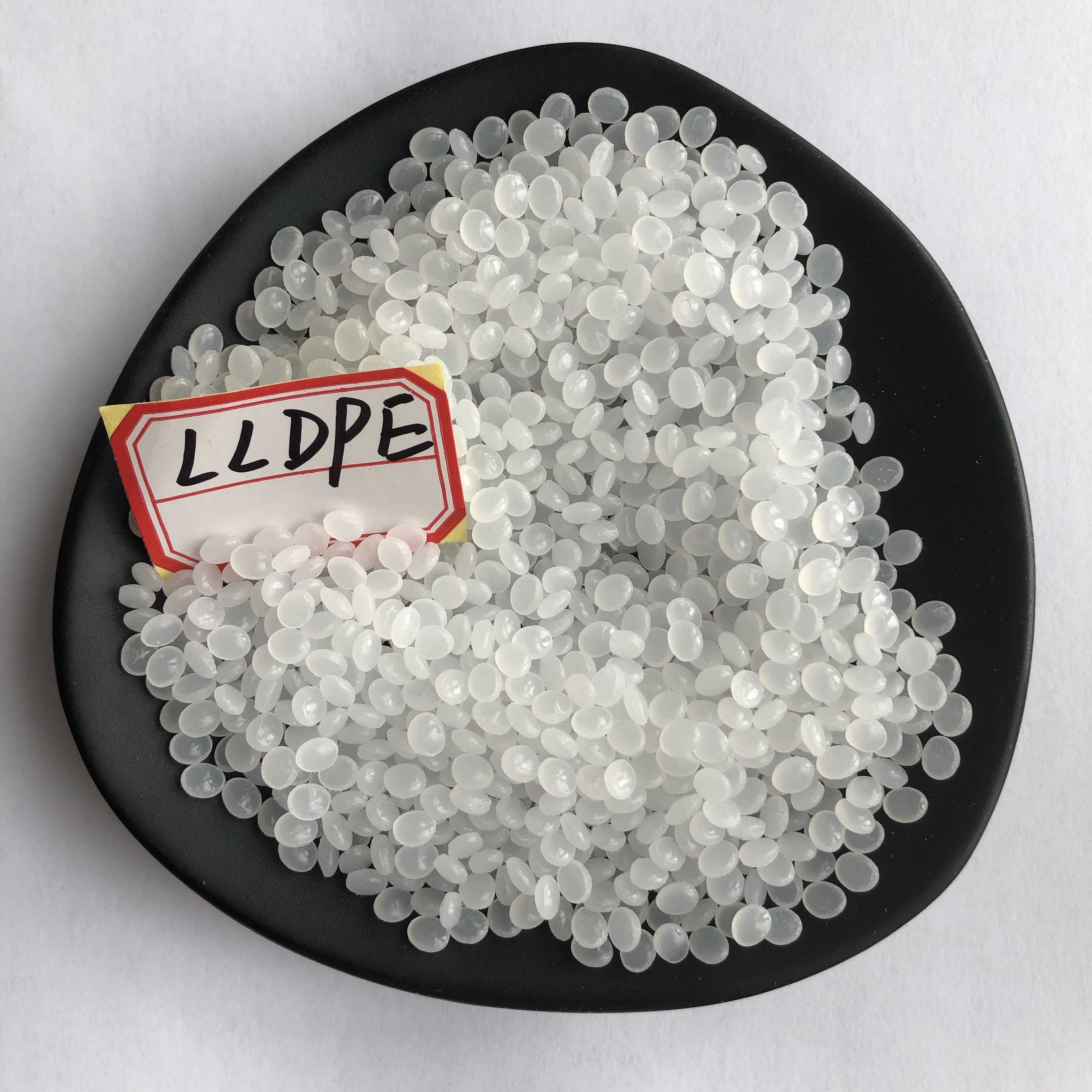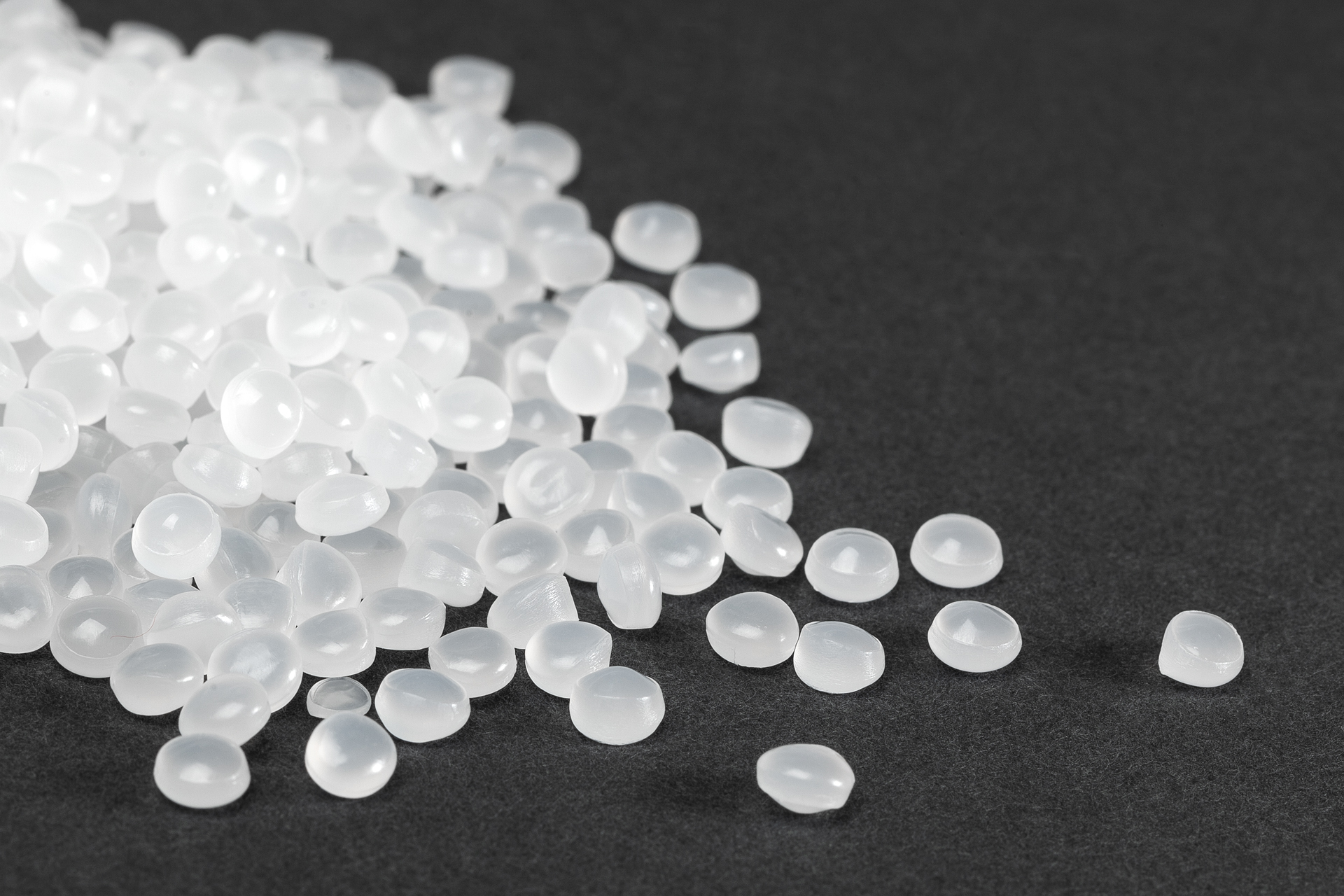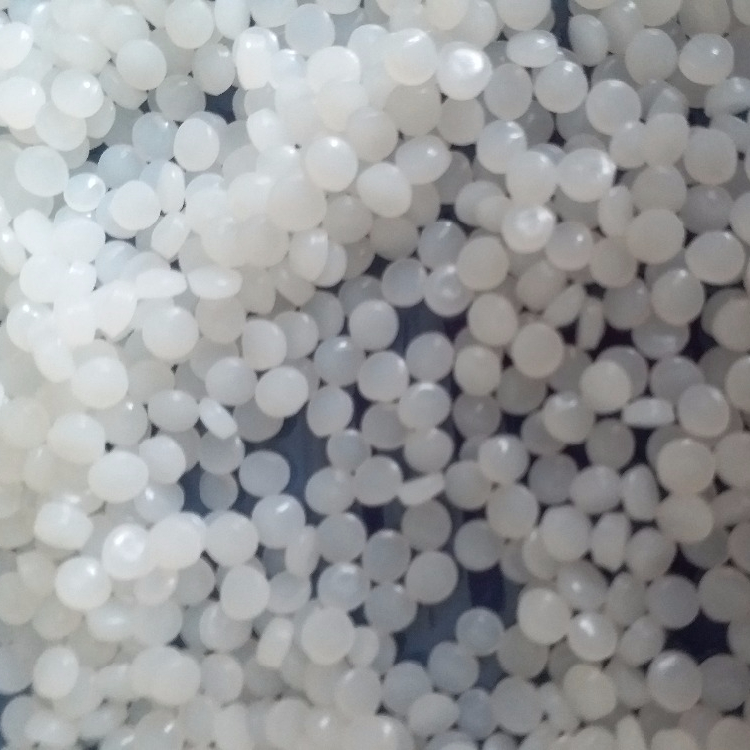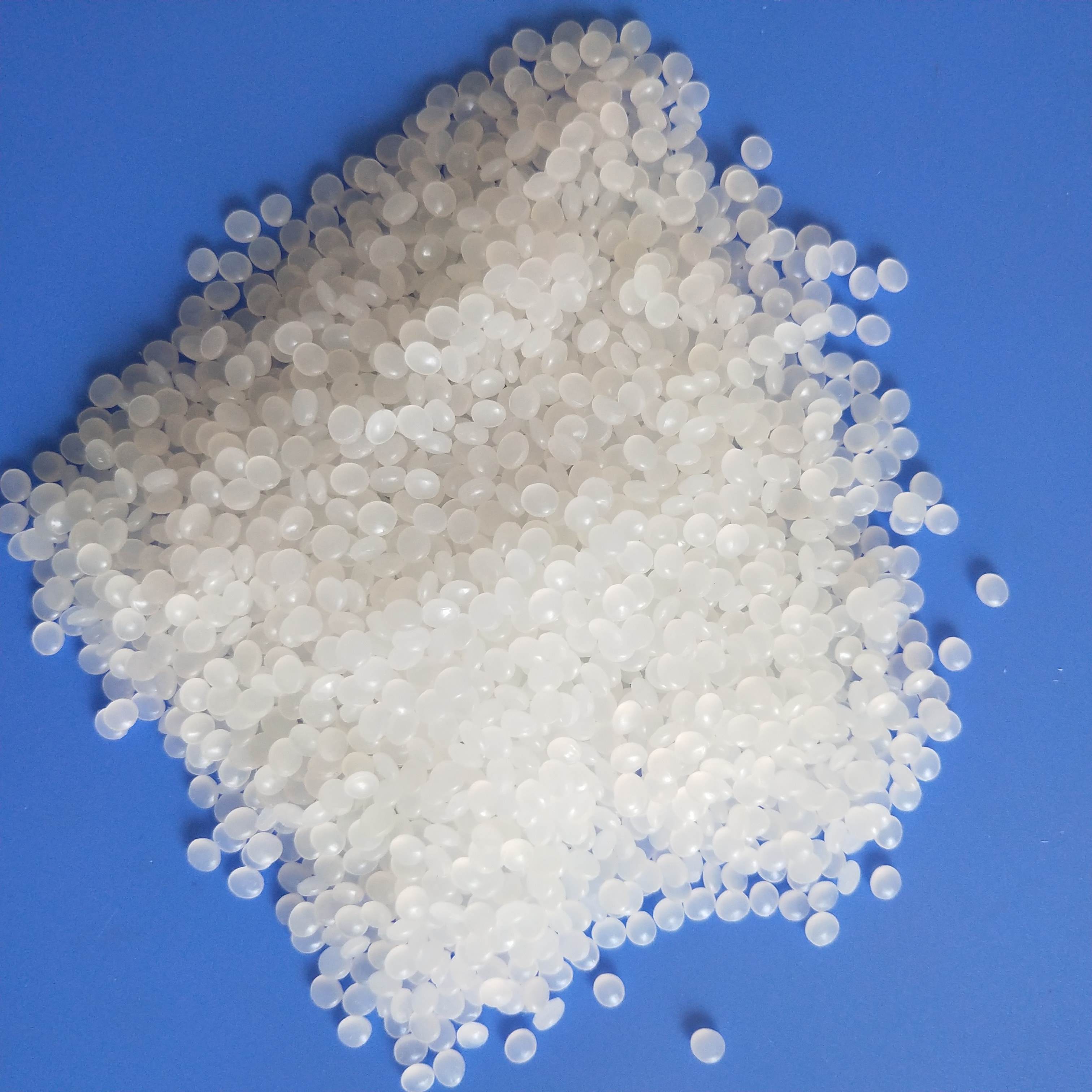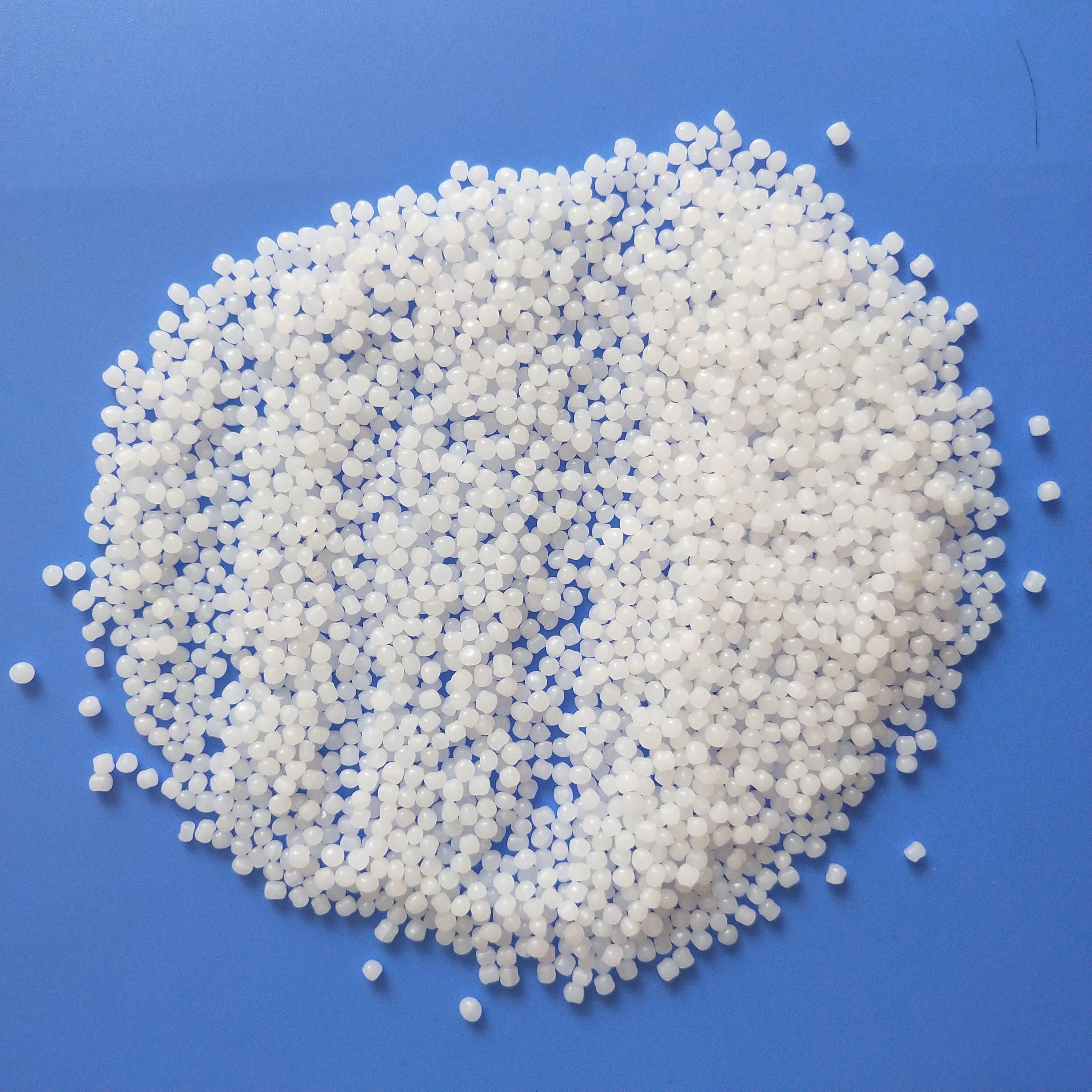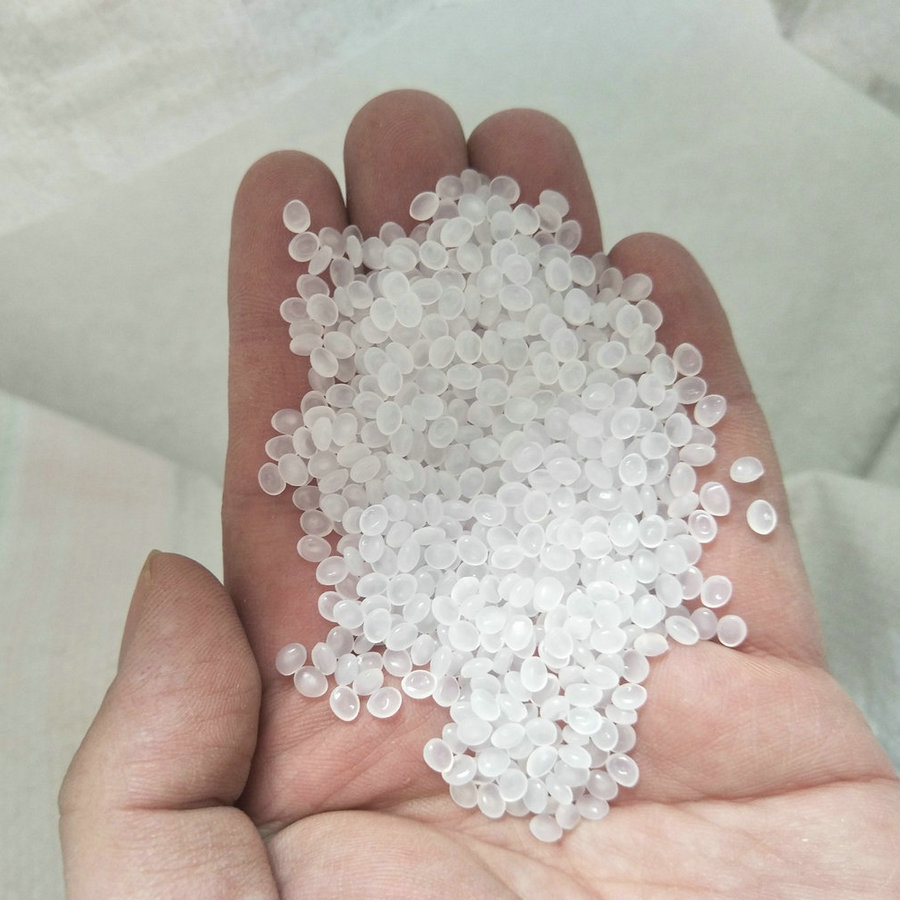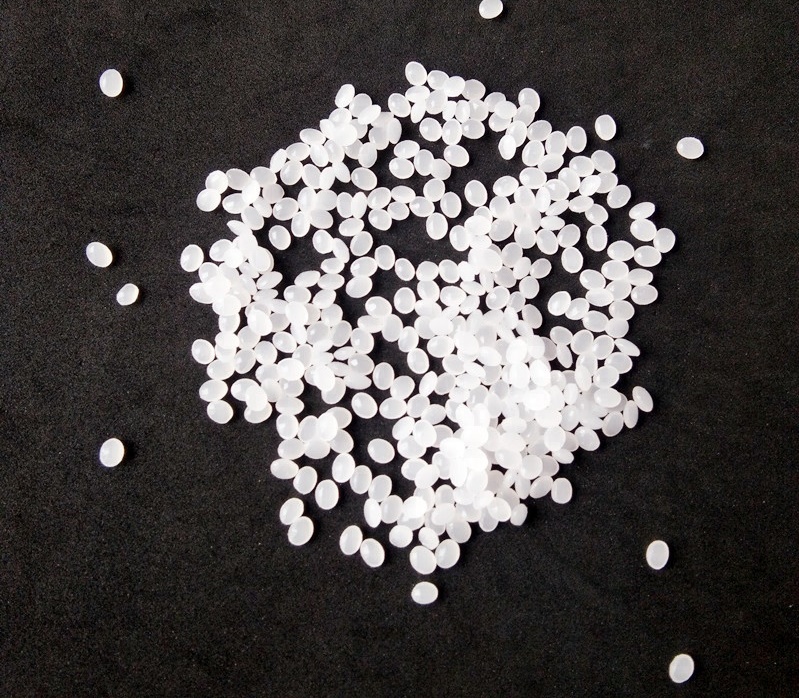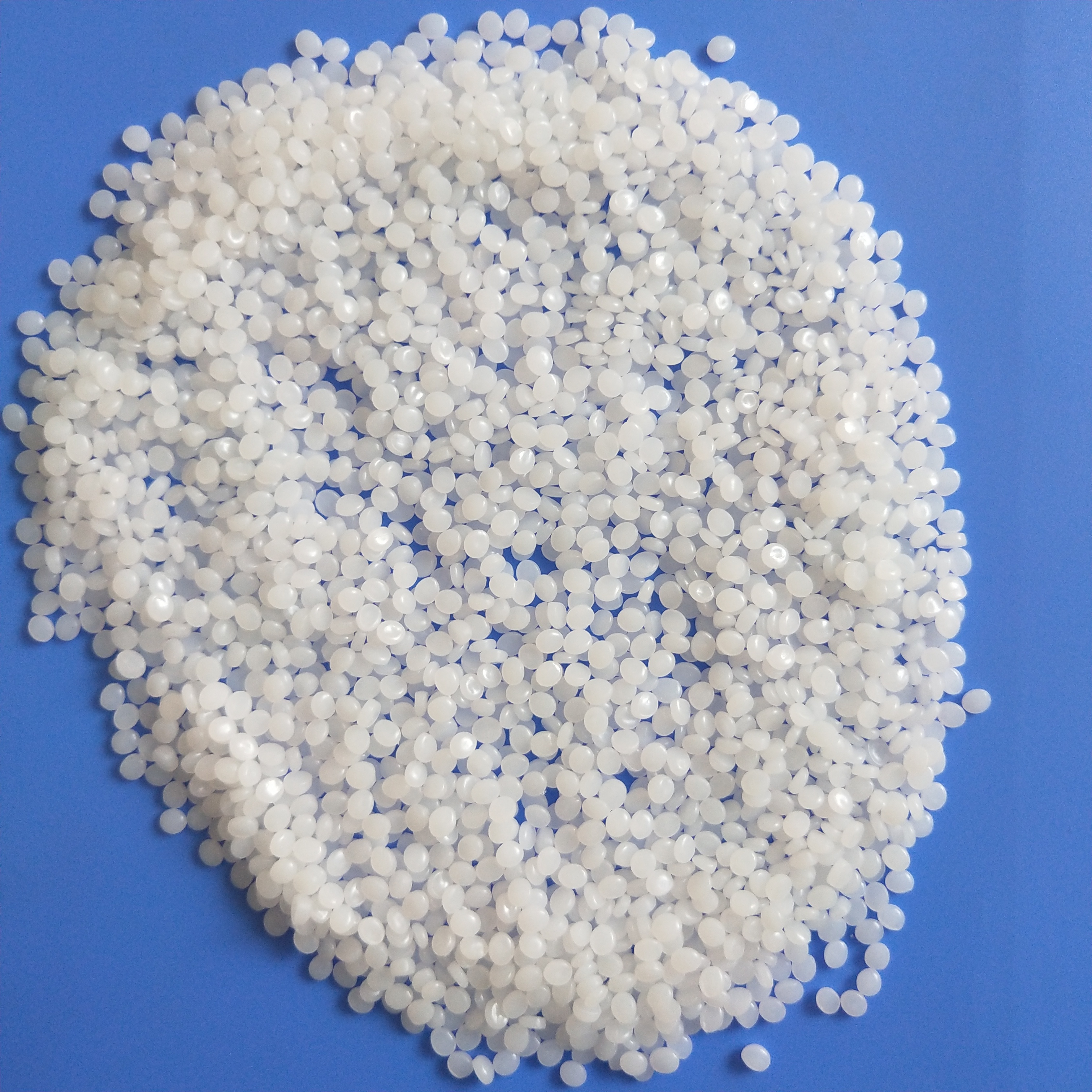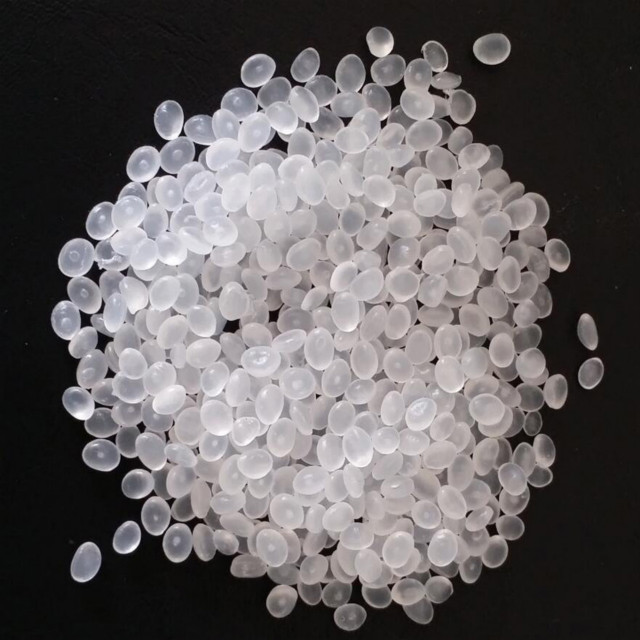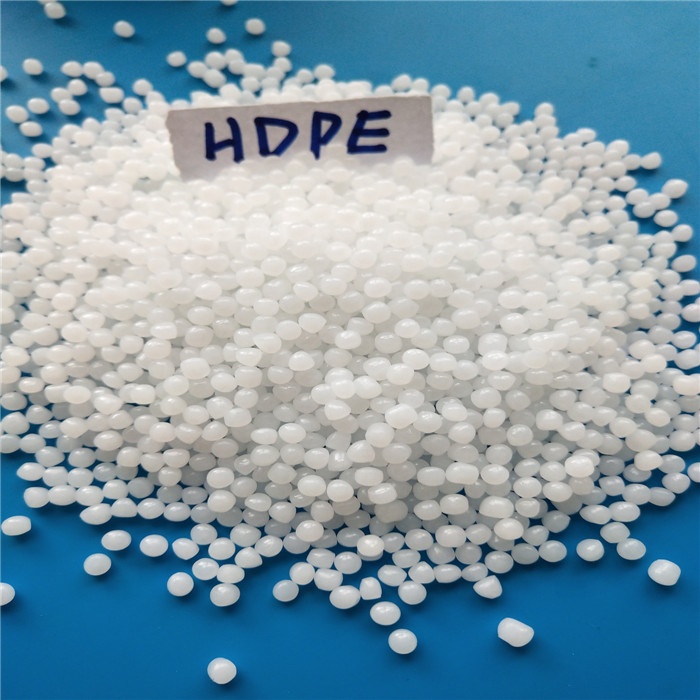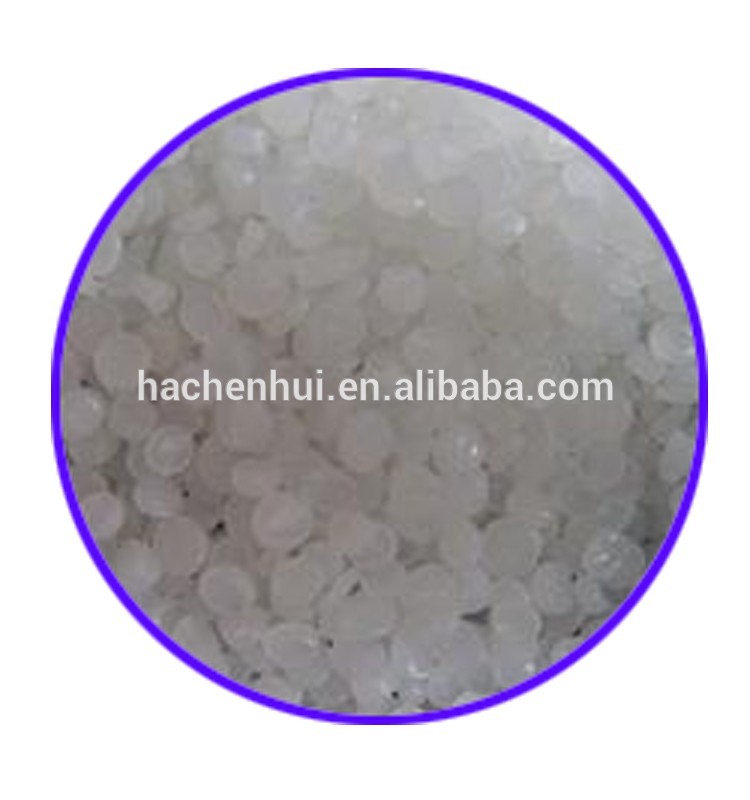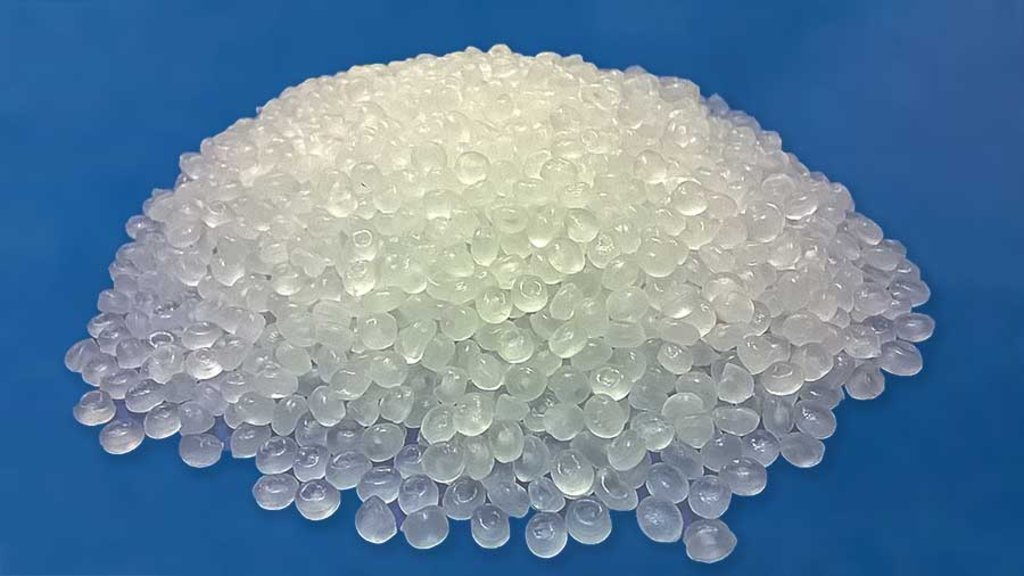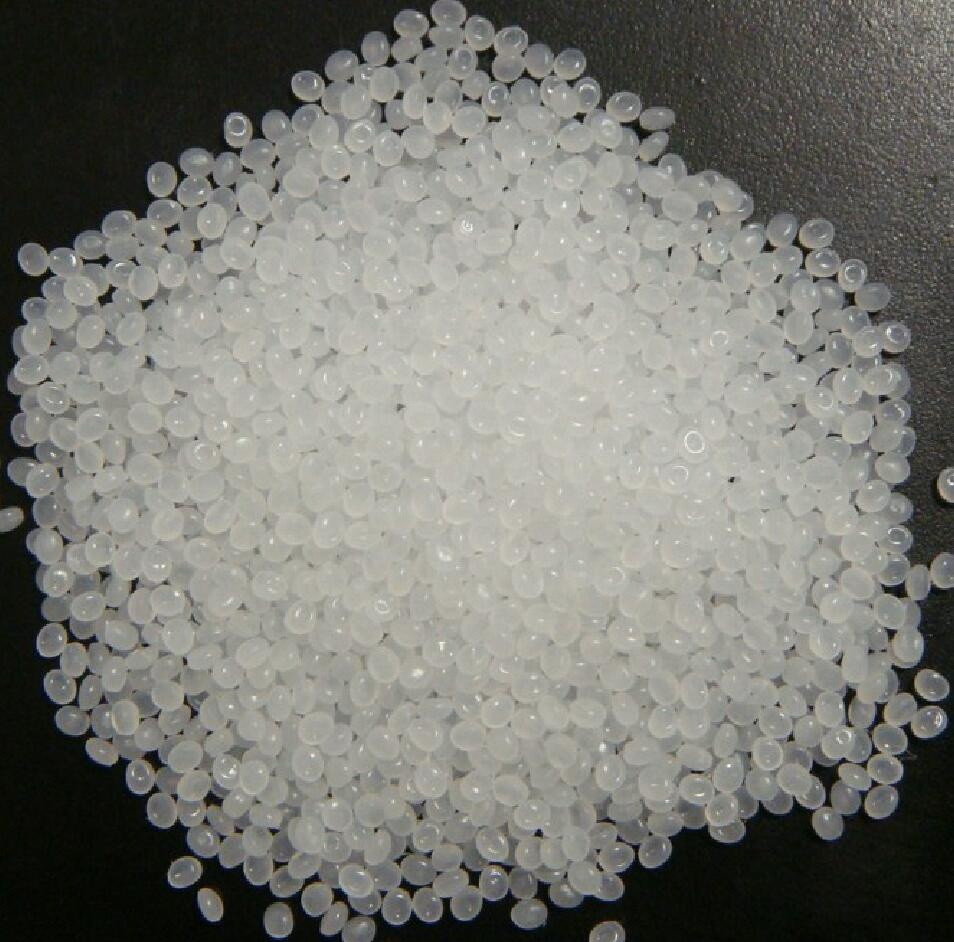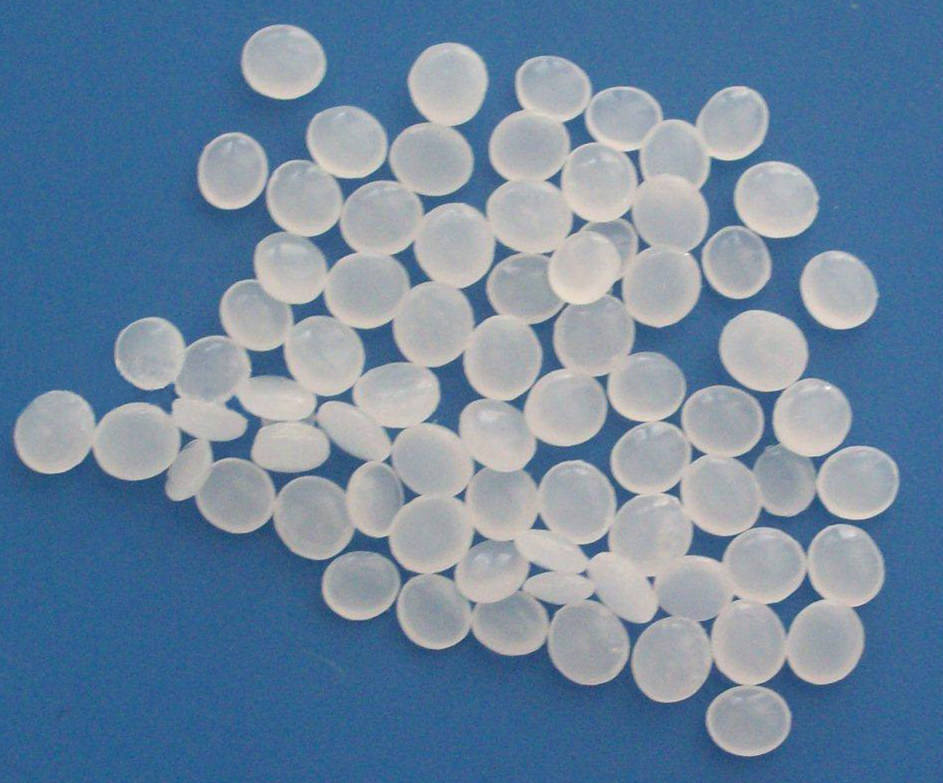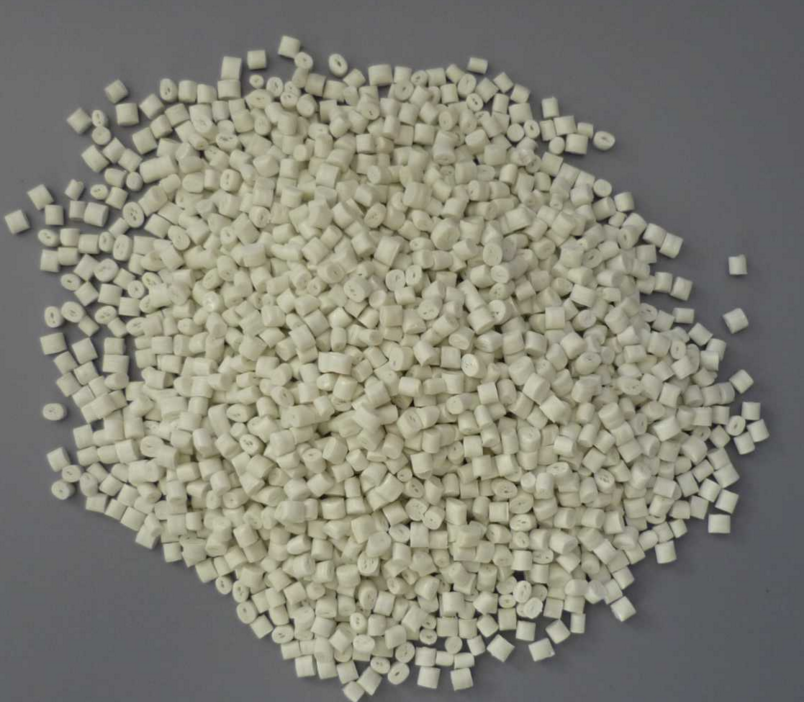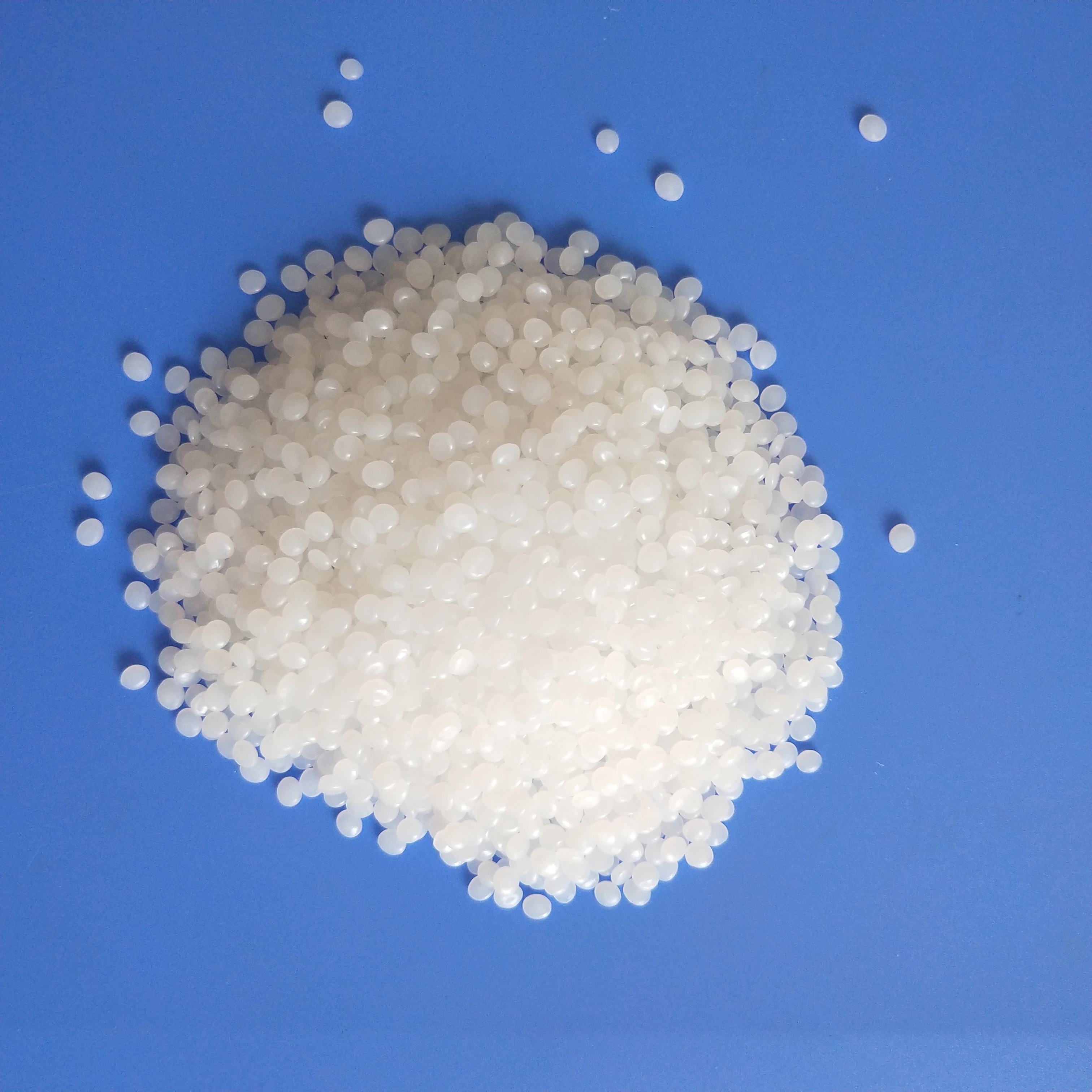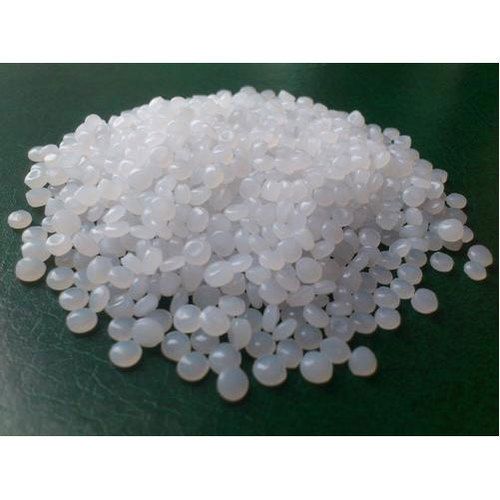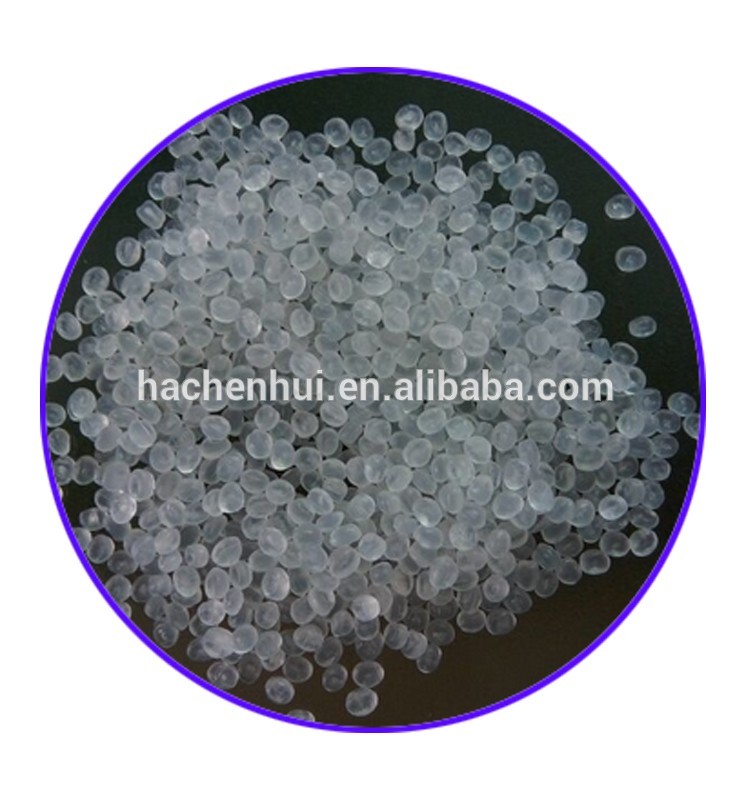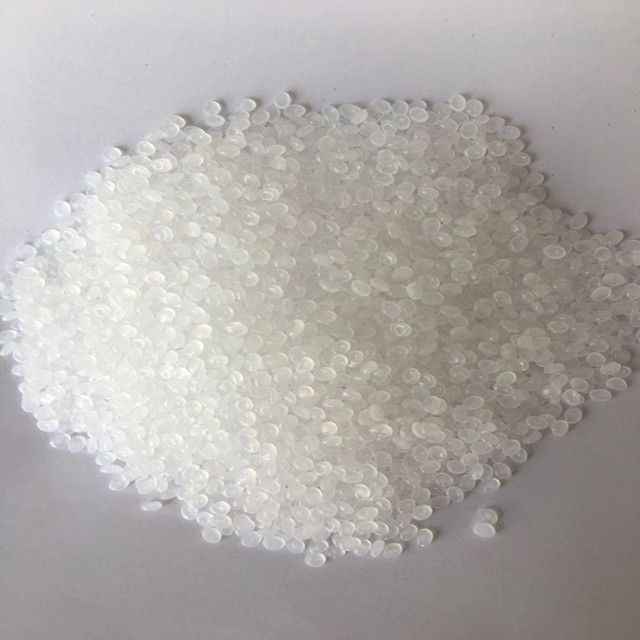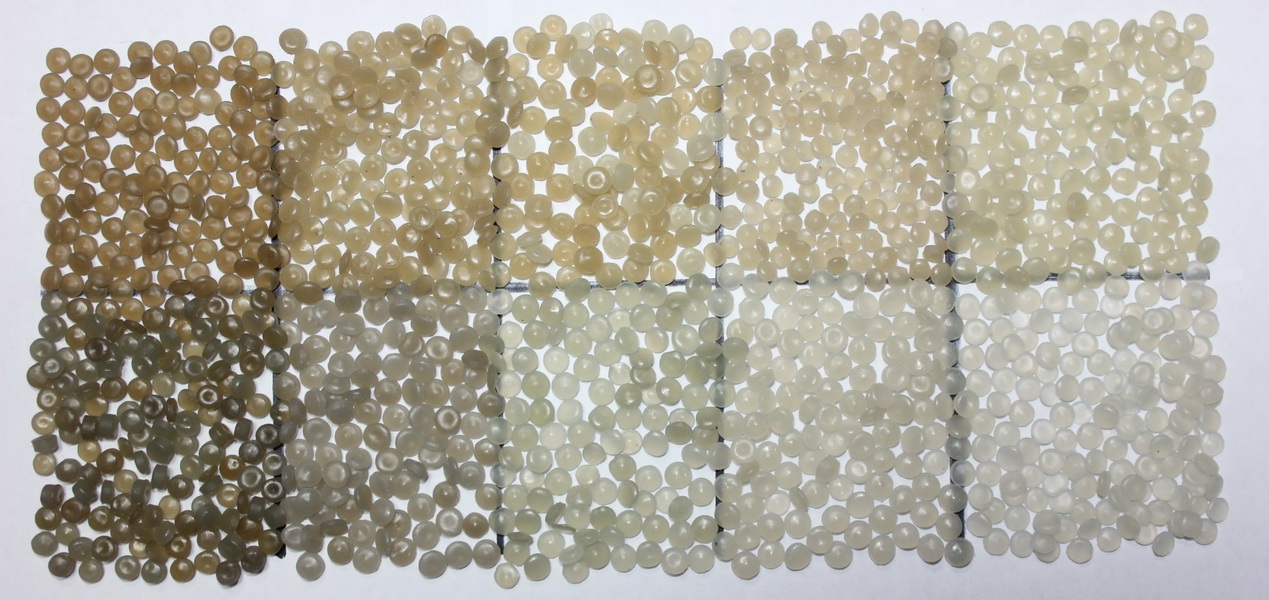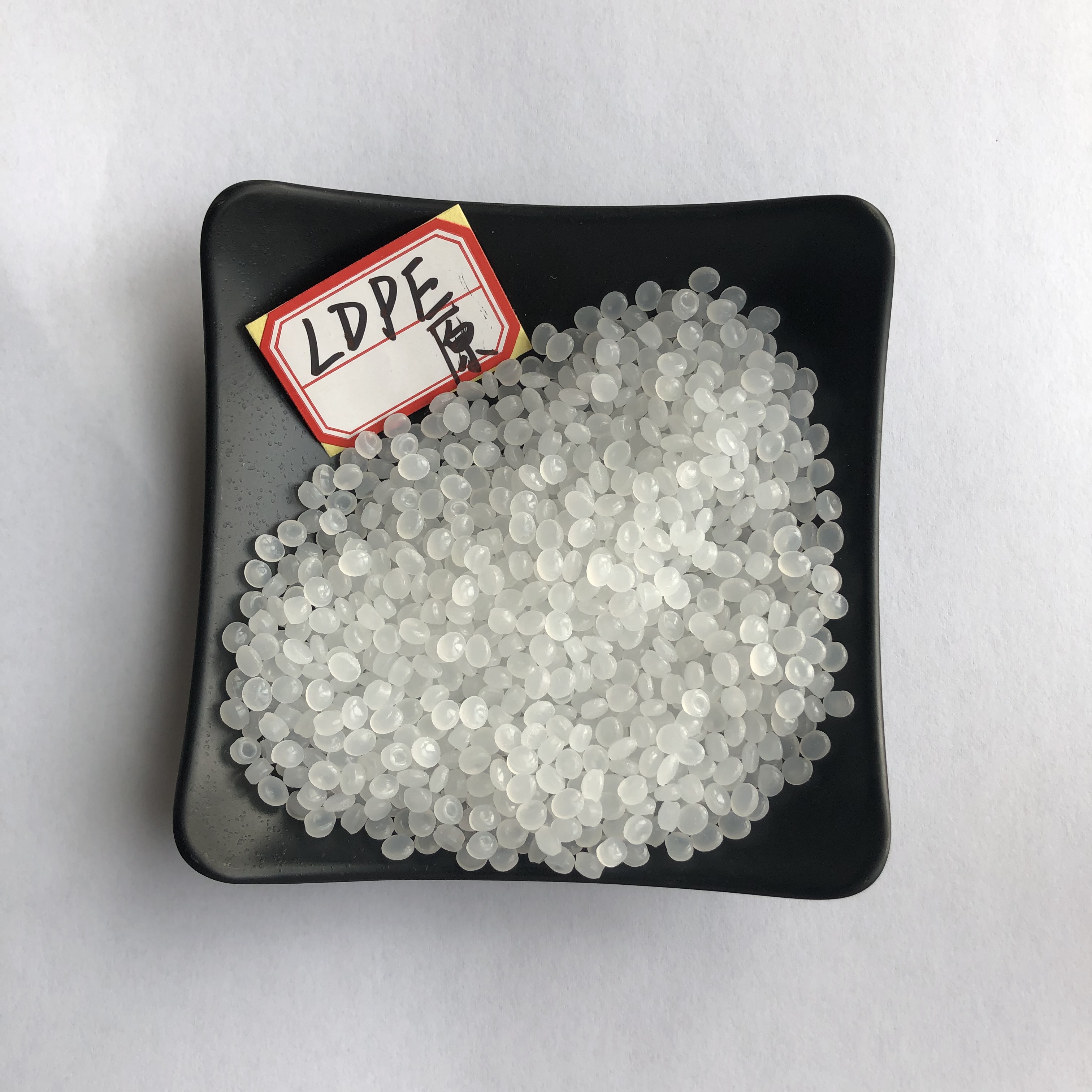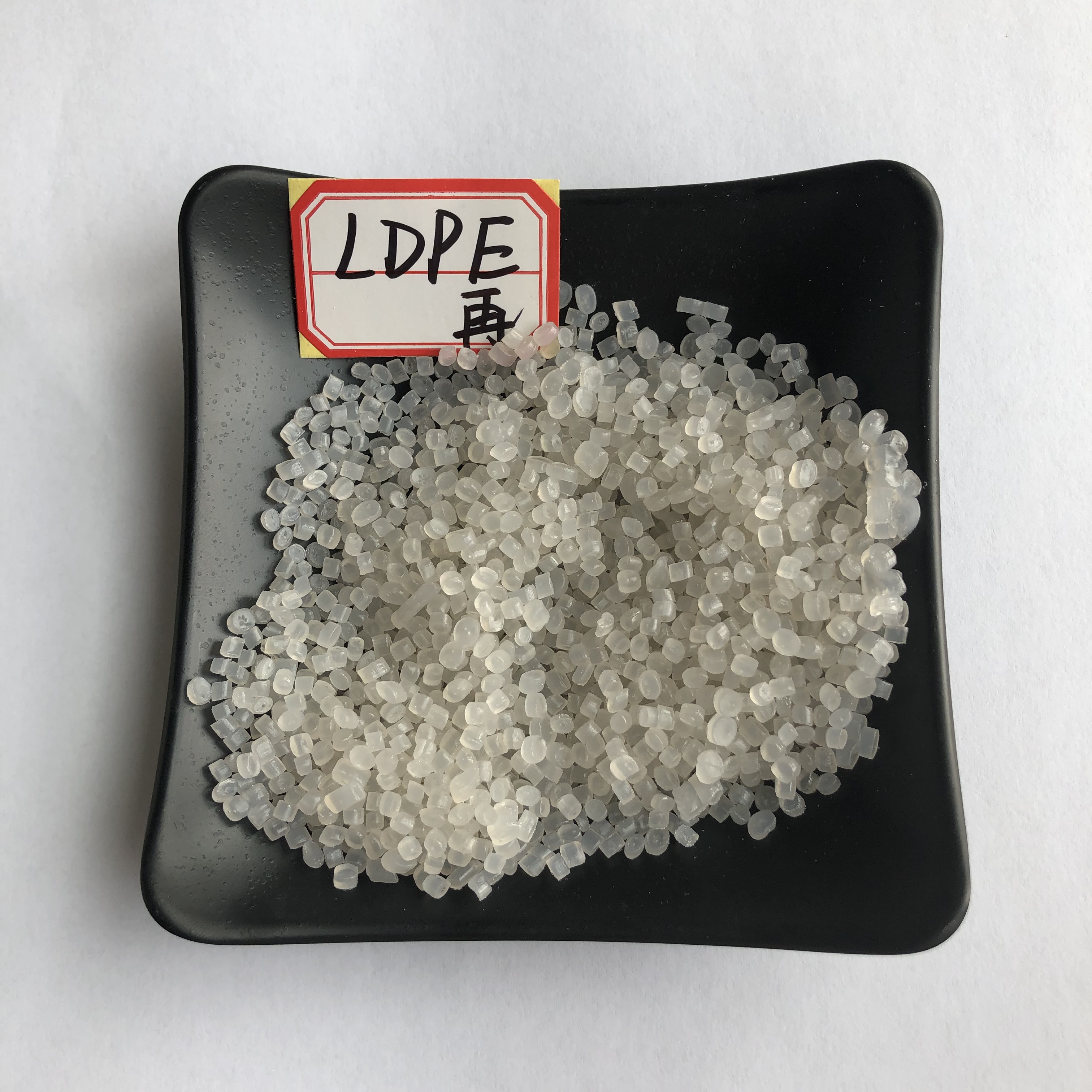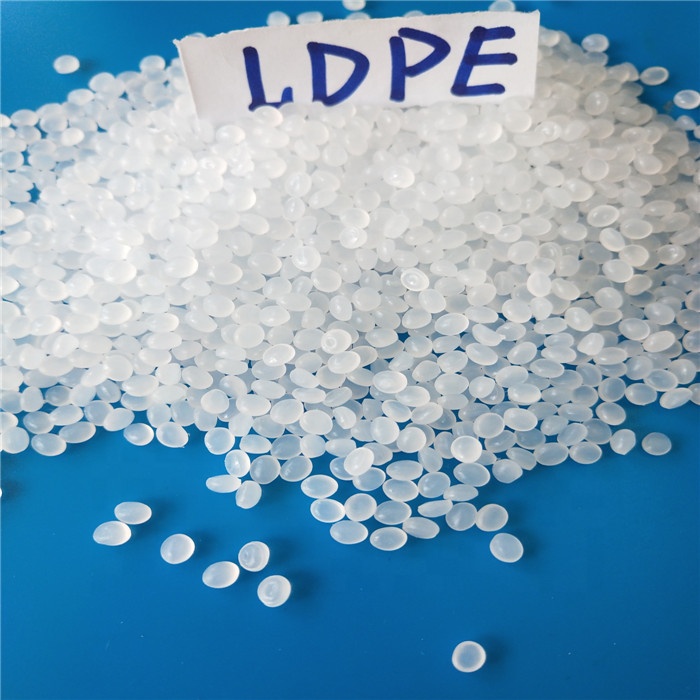Material production
With regard to the use of linear polyethylene, it is very often used in industry, since its chemical resistance is very high. Most often, different containers are made from this material. Today, three types of LDL production are used.
- The first method is called suspension polymerization. In this case, the manufacturing process takes place in a certain kind of suspension, to which catalysts are added. In this case, it is necessary to constantly stir the composition. In this case, it is possible to obtain a composition that will have a completely homogeneous structure, but at the same time there will be residues of the stabilizer in it.
- The second type is solution type polymerization. A feature of this method is that linear polyethylene is produced while maintaining a certain temperature, from 60 to 130 degrees Celsius. As a result, a material can be obtained that will perfectly resist abrasion and have high ductility. However, there is a problem with the choice of catalyst, since at elevated temperatures many substances begin to enter into chemical reactions.
- The third type is the oldest production method called diffusion gas phase polymerization. When using this method, you can get a material that will differ in its purity, but at the same time it will not have a homogeneous composition, which will cause different reactions in different areas, to the same composition.
It is worth noting that when using any method, LDL is obtained in granules. To give it its final shape, heat treatment of the material is used.

Views
It is customary to designate LDPE brands in a clear order. The first number in the index actually indicates that this is a high-pressure material. The next two numbers form the ordinal of the original mark. After that, the normative category of the specific gravity is written. A value of 3 refers to a material with a specific gravity of 917-921 kg per m3.
A value of 4 says that the density will vary from 922 to 926 kg per m3. Finally, after the hyphen, write the index of the flow properties of the melt, increased by 10 times. If a composition is made from original stamps, then it is indicated in the following order:
- name of the thermoplastic;
- 3 digits from the official index of the base brand (no need to decode);
- dash;
- prescription additive number;
- comma;
- color;
- the formulation of the coloring component;
- grade of polyethylene;
- standard.

LDPE brands such as:
- 10204-003;
- 10803-020;
- 16204-020;
- 11503-070;
- 17703-010.
Additionally, there are:
- foamed;
- sewn;
- polyethylene containing copolymers or other polymers.
Linear expansion
Among the various characteristics of polyethylene, linear expansion also plays a very important role. For example, if we compare these coefficients for metal and for polyethylene, then for the second it will be 14 times higher. If you cover the surface of a convex type with a polyethylene film, then due to the difference in this coefficient, adhesion will change greatly, it will increase.
Summing up all of the above, it becomes obvious that polyethylene has recently become more and more popular. This is facilitated by the fact that less money is spent on its production, which is why its cost is much lower than that of metal, for example, but at the same time its operational characteristics are quite high. In addition, it can also be used to make various containers that can be used both in industry and in the food industry.
Basic properties
Technical Indicators
Low-pressure polyethylene is manufactured according to the GOST 16338-85 standard, in accordance with which it must have the following technical capabilities:
- Density in the range from 930 to 970 kg / m3;
- Melting temperature - + 125-135 C;
- The lower limit of permissible temperatures at which the material becomes brittle is -60 C;
- Tensile tensile strength reaches 1000 hours or more,
- The period of natural decomposition is about 100 years,
- The service life of HDPE material, subject to permissible operating conditions, reaches 50-70 years or more.
HDPE basic grades are produced in powder form, and their compositions are supplied in the form of unpainted or colored granules. Granular raw materials used for the manufacture of a wide range of products are regulated by the linear particle sizes - ranging from 2 to 5 mm in diameter and of the same shape. They can be of different grades - the highest, the first and the second.
INTERESTING! Low pressure polyethylene products are very hard and tough. Even when the thinnest films are made of HDPE, this property is revealed by their externally emitted rustling when touched and crumpled.
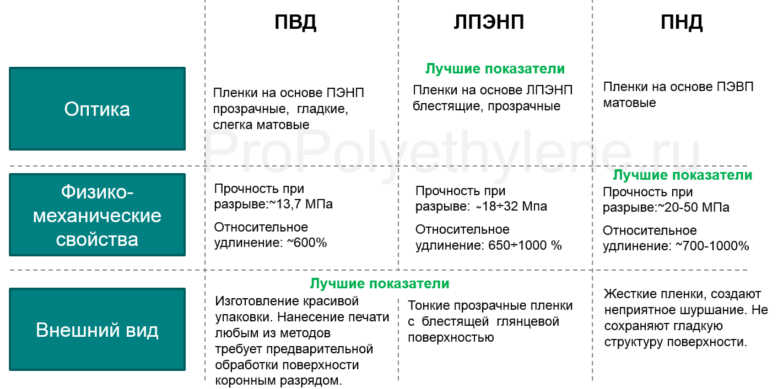
Advantages
HDPE is the most dense among polyethylene materials with a linear molecular structure. That is why it has the highest tensile strength and hardness, which reduces its plastic properties. Moreover, he has:
- High resistance to scratching and cracking within permissible temperatures,
- Chemical and biological inertness, in which he is not afraid of the effects of microorganisms and chemically active substances,
- Excellent dielectric properties and even resistance to radiation radiation;
- Insulating properties against liquid and gaseous substances,
- Complete safety of use and non-toxicity in relation to humans and the environment.
INTERESTING! Due to their high insulating properties, low-pressure polyethylene materials are used for waterproofing purposes, for the manufacture of gas pipes, as well as storage for environmentally harmful substances.
disadvantages
HDPE is one of the thermoplastic polymers, which, for all their strength and resistance to heavy loads of various natures, have the following negative properties:
- Fusibility when temperatures rise above the permissible norm,
- Aging due to UV-rich direct sunlight.
ATTENTION! The last drawback can be eliminated with the help of special coatings for polyethylene products (paints, spraying, solid materials), as well as the introduction of protective substances into the HDPE structure at the stage of manufacturing products.
Linear high-pressure polyethylene (LPVD)
Linear high density polyethylene (HDPE) or low density Is an elastic soft material with a density of 0.915 to 0.925 g / cm 3 and an increased proportion of molecular short branches. LPVD is obtained by the most complex and special method using polymerization with special catalysts - metallocene. Linear low density polyethylene is sufficiently resistant to tears, impacts and punctures; has low density and high ductility. In this way, it resembles the PND. A thinner film is made from LPVD, which saves material and reduces the burden on the environment. Although this polymer is suitable for many applications, due to its good transparency, flexibility and strength, it is most often used in the production of packaging films. Almost the entire volume of LPVD consumed in Russia is used for the production of films (stretch films made by blowing and on cast lines, multilayer shrink films and films for lamination). At the same time, linear polyethylene is practically not used in our country for the production of garbage bags and bags.In the near future, as more technologically advanced equipment is created, LPVD will increasingly displace LDPE both from single-layer applications and in the manufacture of multilayer films.
The properties of linear low density polyethylene are intermediate between the properties of LDPE and those of HDPE. But LPVD has, in comparison with LDPE, a more uniform distribution of polymer groups by molecular weight. The main advantages of linear low density polyethylene are: high chemical resistance; high performance characteristics, both at sufficiently high and low temperatures; high resistance to cracking; improved puncture resistance.
Linear polyethylene has the highest physical and chemical properties.
LDL has the highest tensile strength and elongation at break. A sufficiently high melting point makes it possible to use foundry polyethylene for packaging hot products. Due to the presence of a large number of side short branches, which slide over each other during deformation and do not develop significant internal stresses at the same time, LPVD is characterized by excellent melt elasticity. That allows you to get a fairly thin film from six to twenty-five microns. However, due to its high crystallinity, LDL is less transparent than other types of polyethylene. To obtain a more transparent LPVD, optical special additives are introduced into it.
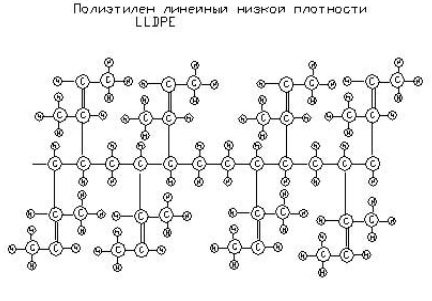
Physicochemical properties of linear high pressure polyethylene (LPVD)
| Density, g / cm3 | 0,91-0,93 |
| Tensile yield point (50 mm / min), MPa | 10-19 |
| Tensile modulus (1 mm / min), MPa | 200-550 |
| Tensile elongation (50 mm / min), more% | 50 |
| Melting temperature, С | 120-130 |
| Crystallinity | average |
| Solubility, above ° С | 120 |
Linear Low Density Polyethylene - it is a strong, flexible enough, slightly elastic compound, easy to form and extrude. Biologically passive. Provides greater dimensional stability and less warpage.
Buy High Density Polyethylene Granules
Our company is engaged in the sale of polyolefins, including high-pressure polyethylene, which is manufactured in accordance with the existing state standards at the leading enterprises in Russia and abroad.
High-pressure polyethylene (LDPE) is a thermoplastic polymer that is obtained by polymerizing hydrocarbon ethylene at high temperatures with the participation of oxygen. It is a durable, lightweight and elastic material used in many industries for the manufacture of various products.
High pressure polyethylene has a number of features that affect the quality characteristics and applications. Properties and chemical-physical characteristics of LDPE:
- It is made in the form of granules.
- Density 900-930 kg / m³.
- Melting point 100-115 ° C.
- Brittleness temperature 120 ° С.
- Low water absorption 0.02% per month.
- High ductility.
Advantages of LDPE products
Due to their high characteristics, LDPE products have the following advantages:
- Flexibility and softness.
- Resistance to mechanical damage.
- The ability to create smooth and shiny surfaces.
- Resistance to deformation in compression and tension.
- High strength.
- Resistant to low temperatures.
- Air tightness.
- Moisture resistance.
- Resistant to direct sunlight.
- Environmental safety for human health and the environment.
Advantages of LDPE
High-pressure polyethylene is made from one monomer of different density, which determines the density, hardness, rigidity and chemical resistance of products. LDPE has the following advantages over other polymers:
- High impact resistance.
- Stretch at break.
- Good permeability to gases and liquids.
- Good resistance to sunlight.
- High technical characteristics.
- Great resistance to cracking and puncture.
- Wide range of applications.
- Environmental safety for human health and the environment.
Types of LDPE
With additional processing of LDPE, additional qualities of the material appear, which differ in physical and chemical properties. Today there are the following types of high pressure polyethylene:
- Stitched.
- Foamed.
- Copolymer of low density polyethylene with polyethylene monomers of another type.
Application
High-pressure polyethylene is actively used in many areas of industry, due to its chemical quality characteristics, a large number of products are produced from it:
- Various films for bags and sacks.
- Technical details.
- Polymer pipes.
- Blown products such as cans and bottles.
- Thermal insulation materials.
- Electrical insulating materials.
- Hot melt glue.
It is fashionable to order high-pressure polyethylene in our company by phone, or by leaving a request on the website. Our managers will contact you as soon as possible, help you place an order for any volume and select the best payment and delivery option for you. We work throughout Russia.
Classification
High density polyethylene can be of different types depending on changes in manufacturing technology. At the same time, it can contain in its mass all kinds of impurities, which are both products of the reaction being carried out and the remnants of related substances:
- Suspended PVP may contain various chemical stabilizers that form a suspension mass from granules during "cold" polymerization of ethylene. These can be non-aggressive acids, light metal oxides, polymer alcohols, and even some types of clay. Such plastic is of the highest quality, homogeneous, without structural disturbances and weak areas.
- Solution polyethylene often contains fractions of catalysts present in the hot polymerization reaction.
- Gas-phase contains residues of gases and ether substances. Of all three types, it has the weakest structure, since it is relatively heterogeneous and includes the presence of areas that are less resistant to wear.
Overview of Density Views
Today there are many types of polyethylene. So, on the market you can find extruded, low molecular weight, bubble, roll, high strength and high modulus material.
Accordingly, when choosing polyethylene, you need to pay close attention to the labeling
For the convenience of the user, manufacturers have adopted a classification of the compound into several categories. Consider the distinctive characteristics and features of each of them.
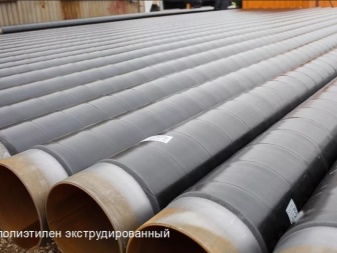
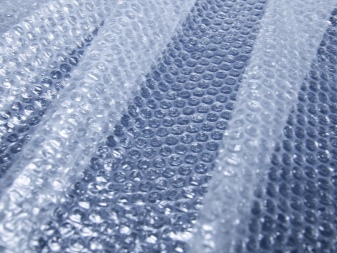
High
For the production of high density polyethylene, a number of prerequisites are required. In particular, the air temperature should be in the range from 200 to 260 degrees Celsius, the pressure should not exceed 300 MPa. In addition, the presence of a catalyst is required, the function of which can be performed by oxygen or organic peroxide. The production procedure itself is carried out in an autoclave or tubular reactor.
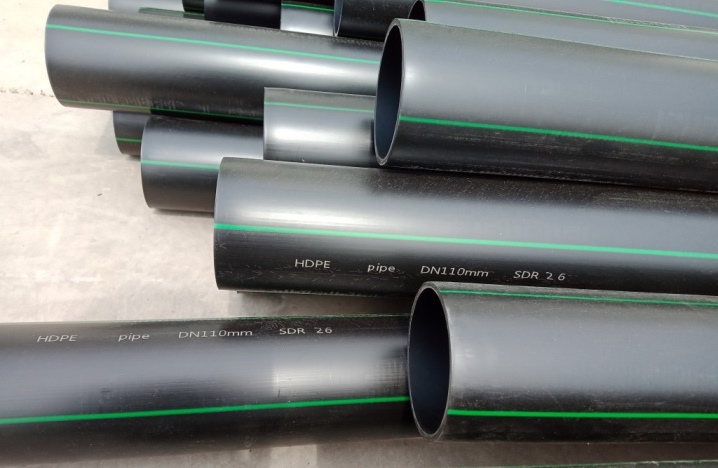
Low
The conditions necessary to obtain low density polyethylene should be as follows:
- temperature indicators - 120-150 degrees Celsius;
- pressure level - 0.1-2 MPa;
- the presence of a catalyst, for example Ziegler-Natta catalysts.
As a result of the polymerization process, a material is formed that allows cooling down to -80 degrees Celsius.
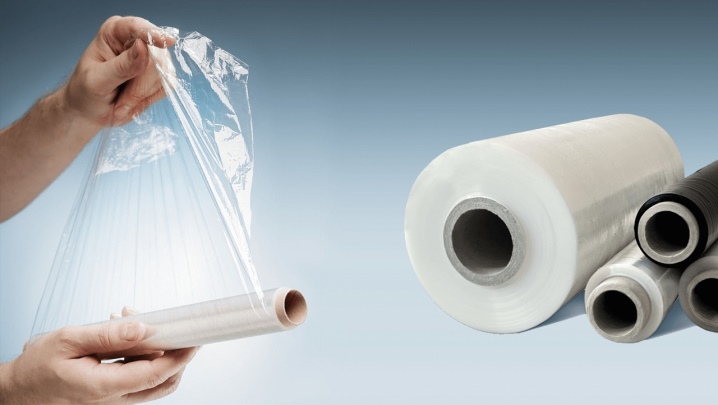
Middle
Medium density polyethylene is produced at a temperature of 100-120 degrees Celsius. In this case, the pressure should be at the level of 3-4 MPa, and it is recommended to use a mixture of TiCl4 and AlR3 as a reaction catalyst.It should be borne in mind that the final compound will form in flakes.
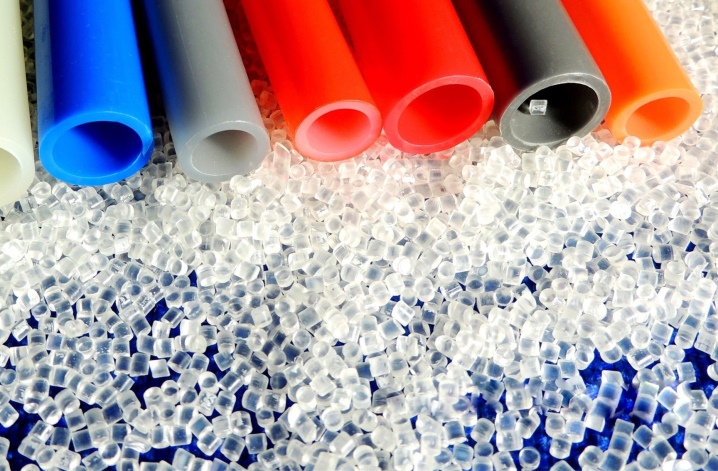
Thus, the existing varieties of polyethylene differ both in their properties and characteristics, and in the methods of production.



